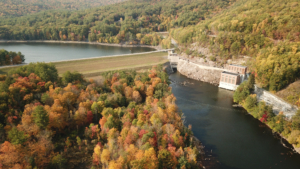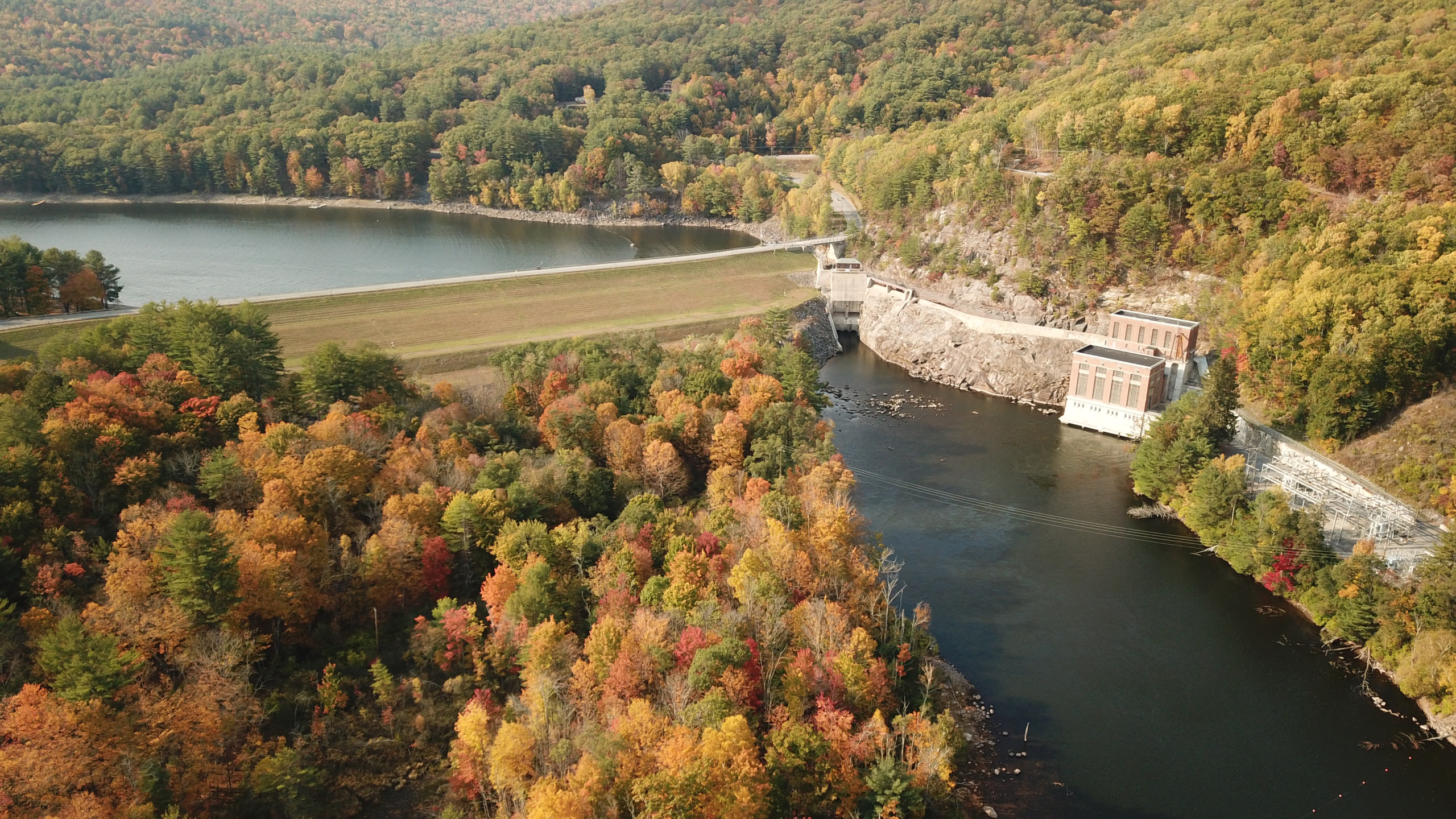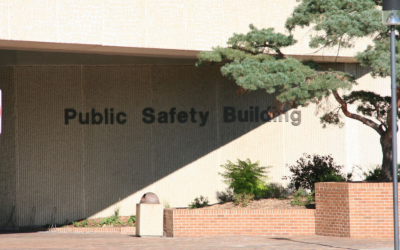 Twenty-two different natural disasters struck various areas of the U.S. in 2020, and they all shared one commonality – estimated damages of more than $1 billion. The pattern of destruction from last year has alarmed and inspired local, state, and federal governments to take precautionary measures and increase funding for disaster prevention and preparedness.
Twenty-two different natural disasters struck various areas of the U.S. in 2020, and they all shared one commonality – estimated damages of more than $1 billion. The pattern of destruction from last year has alarmed and inspired local, state, and federal governments to take precautionary measures and increase funding for disaster prevention and preparedness.
Washington, D.C., announced in September that it would be directing a line of funding towards disaster prevention. In particular, the district designated $18.4 million for projects that will alleviate excessive flooding in southeast D.C. More specifically, the district aims to fund a plan that can prevent or otherwise limit damage to public facilities from flooding in the region by constructing a corridor between two parks that moves water away from the low-lying areas.
In Pittsburgh, the mayor’s capital budget and six-year plan for 2022 include a multi-year, $22.9 million project to address the onset of landslides across the city. The project will direct funds toward “corrective action” against the public safety risks relating to hillside destabilization.
Michigan’s governor released an itemized state budget for 2022 that also highlighted the state’s emphasis on mitigating natural disasters. The state’s budget included more than $14 million in funding to shore up statewide preparedness for damages from flooding, coastal erosion, and related disasters. It also allocated $19 million for repairs and replacement parts for the Michigan dam system. This latter initiative resulted after a rainstorm in 2020 caused two critical dam failures, resulting statewide flooding.
While many of the disaster mitigation projects share common features, certain opportunities are unique to regional geographic concerns. For instance, the state of Washington is actively raising $50 million in funding to advance the School Seismic Safety Retrofit Program. This will allow state officials to evaluate local school buildings to ensure they are constructed durably enough to protect students and faculty amid earthquake incidents. Work on this project will begin in 2022.
Similarly, California’s state government will launch a broad wildfire prevention program across the state. The California Department of Forestry and Fire Protection will supervise the program with a goal of reducing size and severity of the state’s wildfire incidents. The program was allocated $138 million in funding for over 100 different fire prevention programs. Ten days later, California’s governor unveiled a climate initiative with more funding for wildfire prevention. This increases California’s wildfire prevention budget to over $1.5 billion.
The state of New York soon will be seeking proposals for engineering and oversight work on the Conklingville Dam, which helps prevent flooding. The project has already warranted an allocation of $20 million but the governor has suggested the possibility of increased ad hoc funding for the project.
Federal grants have been received even more durable safeguards against the level of destruction experienced in 2020. This funding includes revenue from Federal Emergency Management Agency (FEMA) grants for mitigation measures in vulnerable areas. Recently, these grants have been distributed through two notable FEMA programs: Flood Mitigation Assistance (FMA) and Building Resilient Infrastructure and Communities (BRIC). Between these two programs, $160 million was directed to FMA while BRIC received $1 billion (double the amount of funding it received in 2020). These grants will be distributed among states, local governments, tribes, and territories for head-on mitigation projects.
In Texas, the state’s allocation of $1 million in FEMA funds will be distributed on an application basis. Applicants may request funding for hazard mitigation projects, and the Texas Department of Emergency Management will select awardees.
In Florida, a FEMA grant of $2.6 million was approved for the purchase of 12 permanent generators to power the Jackson Hospital network in Marianna amid hurricane-like conditions. In addition to various rounds of weather-related recovery funding, FEMA recently announced another $1.4 million for a project to make stormwater drainage improvements in Panama City.
The state of Louisiana has also benefited from federal mitigation funding. In June, the state received two awards totaling $11.6 million for a flood hazard mitigation project. The project is centered in the city of New Orleans and the funding will allow 49 pre-identified residences that have been repeatedly damaged by past floods to be elevated.
Projects such as these have been emerging — almost on a cycle — at every level of government. Even so, it seems this type of funding will only become more common as climate concerns swell in urgency. Weather-related disasters have created high demand for property cleanup, temporary housing, and new construction in the past. Now, the highest demand is for disaster mitigation work and funding is available for all types of mitigation projects.







